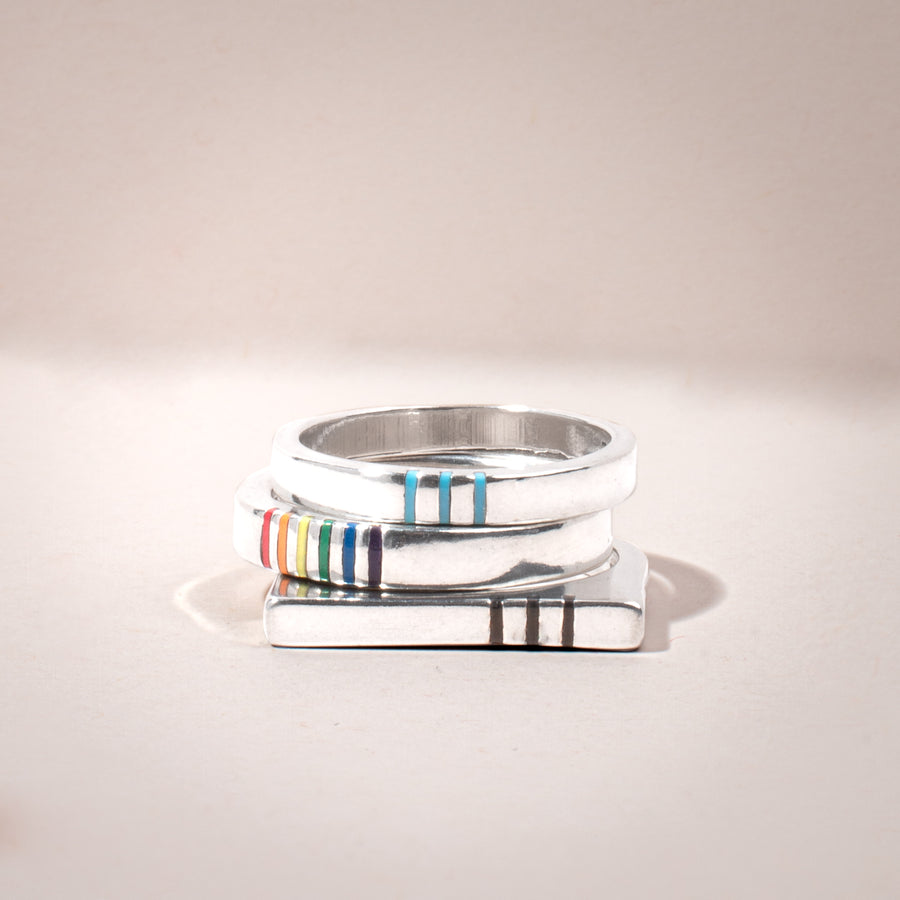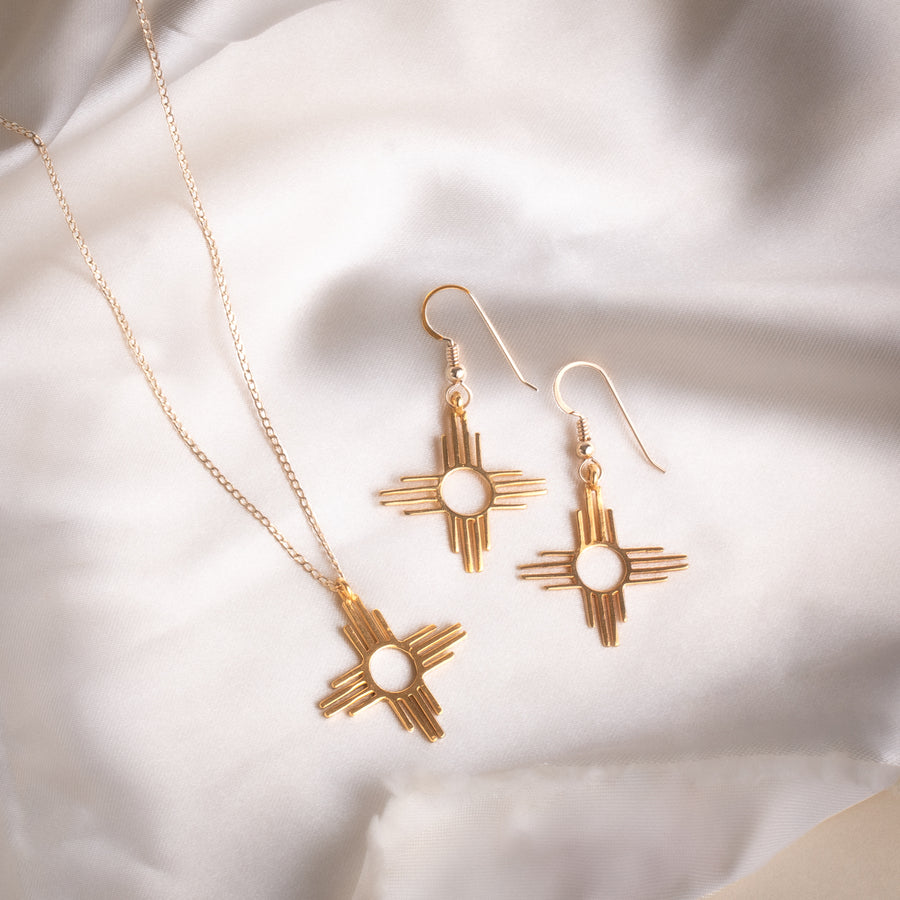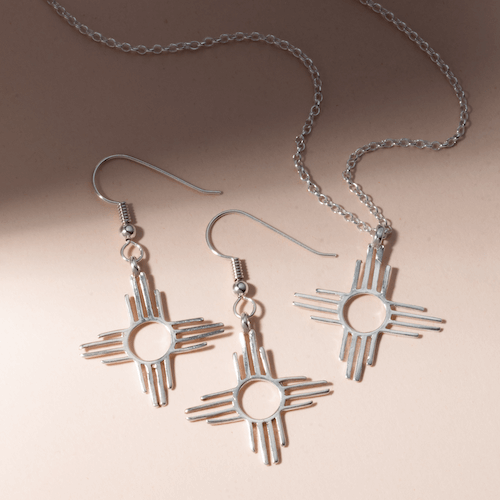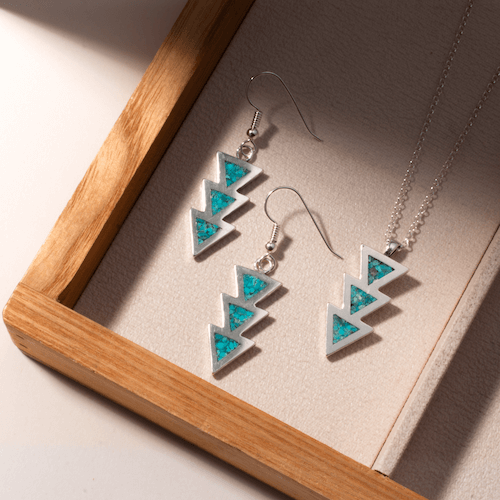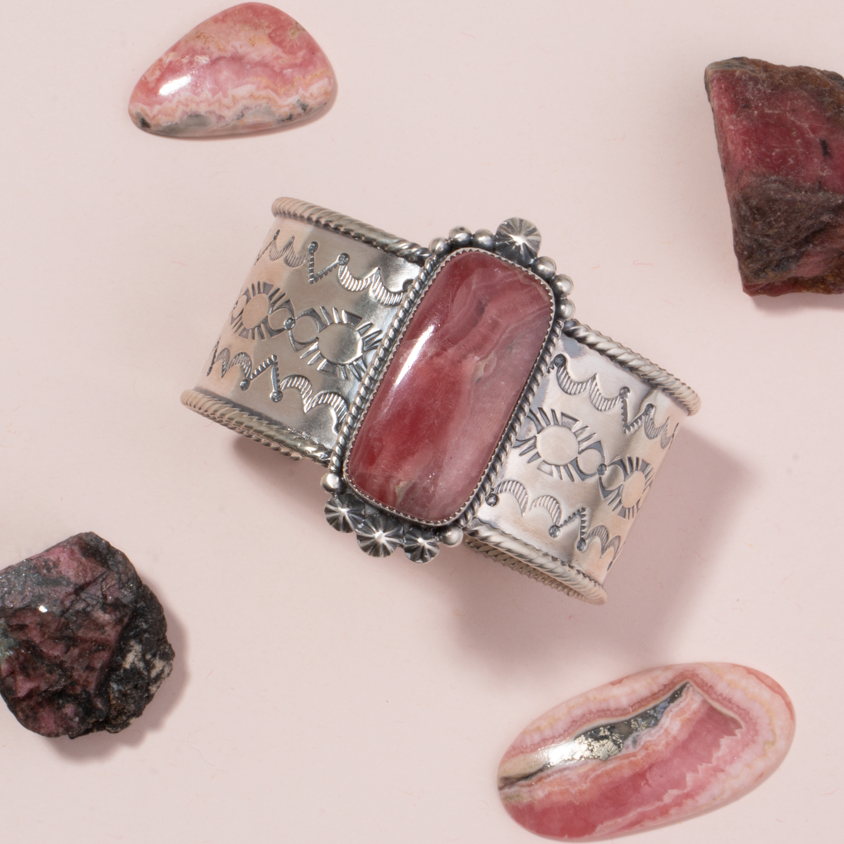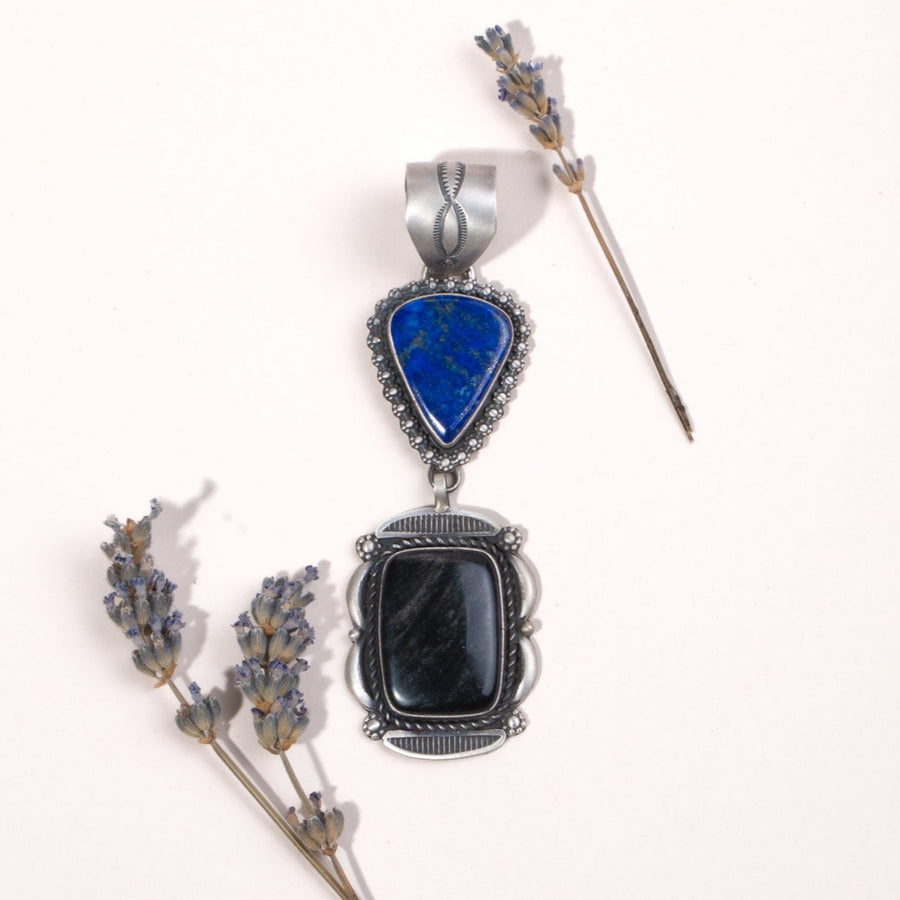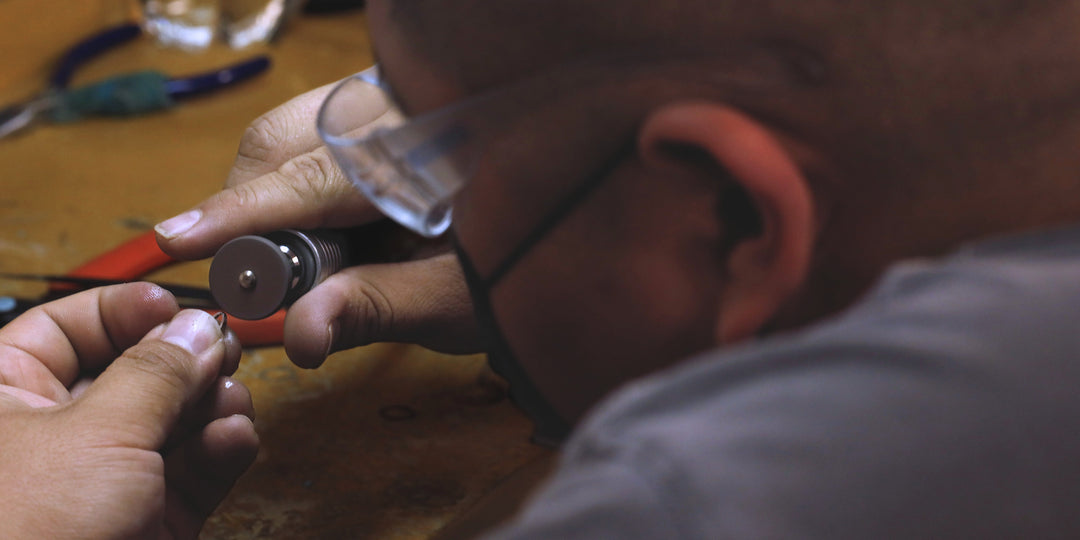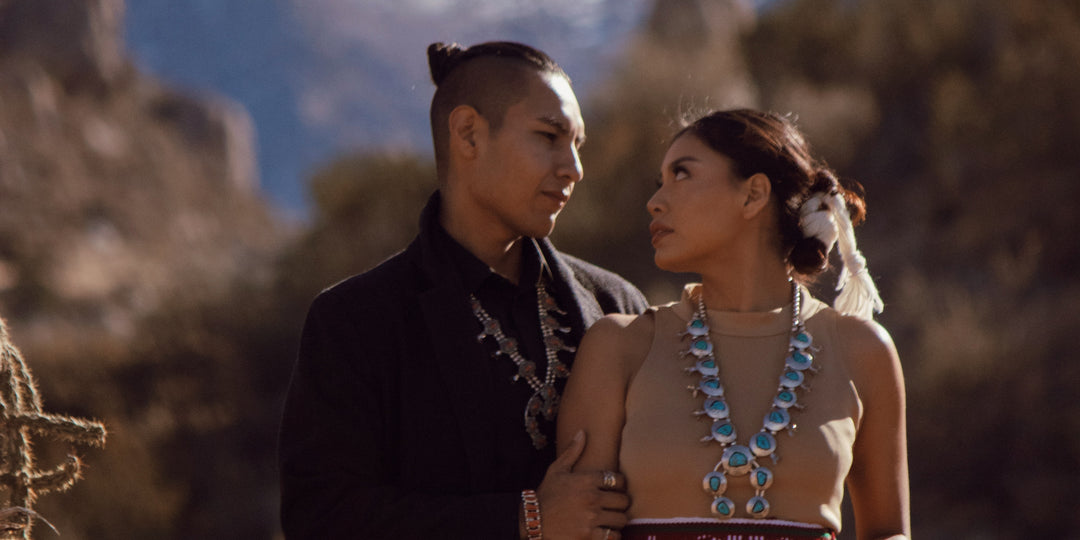The Evolution of Native American Jewelry
Collectors of vintage Native American jewelry are making more than a connection to the art of the past. They are capturing tangible evidence of the interconnectedness of culture. Each piece acquired is the result of historic communication, not only by the artist or community which nurtured them, but also by everyone they came in contact with. It is a representation of the understanding that people have spread ideas and concepts far beyond the boundaries of their own communities for thousands of years.

Native American tribes have been producing art in the form of baskets, weavings, pottery and jewelry for years. Art is an integral part of their culture. The materials found in these early pieces reflect not only what was important to the tribe and available in their general location, but also the trade interactions which occurred long before the arrival of Europeans to America.
Prehistoric metal work consisted of simple designs etched or hammered into copper pendants or adornments. Beadwork jewelry at the time was fairly advanced. Shells, stones, beads and metals such as copper were found in many prehistoric sites. Their presence reveals connections which span a greater area than might be expected. Archaeologists now believe an extensive trade network existed long before the first European explorer landed on our shores.
Not all connections, however, came from beneficial interactions. The Spaniards brought the techniques of silversmithing with them to the new world, along with many other habits and attitudes that would reap great tragedy on the peoples whose home they invaded and claimed.
According to some, it was not the Spanish who introduced the Navajo to working with silver. This is evidenced by the fact that the Navajo did not take up silversmithing until more than two hundred years after the arrival of the Spaniards. It is believed they learned blacksmithing from Spanish smiths in the villages around them, possibly in the 1840s. Navajo artisans adapted the techniques of blacksmithing to working with silver.
As these new techniques took hold among the Navajo, they were spread to the surrounding tribes by the interactions which took place. As one story tells it, a Navajo silversmith visited Zuni pueblo to sell his work and ended up teaching one of the Zuni blacksmiths the techniques. That smith later visited the Hopi First Mesa and taught the craft to someone there. And so the connections were made and the ideas spread.
The connections weren’t made only from community to community. Silversmithing spread among families as well. Learning the craft became something passed down from generation to generation. This became important economically, as a way to add income to the family. And as more and more Native artists began to work their own designs, it became a way to pass on that design.
The importance in becoming distinctive in style and design would not come until later. There was another connection being made which would take Native American silversmiths to a wider audience. In the late 1800s and early 1900s, a system of trading posts had been established on and around the reservation, opening the isolated Navajo to the wider world. White traders with business connections back East looked for a way to capitalize on the artistic skills of the Navajo. When the railroads came West, bringing tourists with them, the opening they needed appeared. Assisted by the marketing of the traders, the appeal of Native American jewelry began to grow.
As with the Spanish, there were some not so beneficial aspects to the involvement of the traders, and other Anglo business owners, in the marketing of Native jewelry. The year 1899 saw Fred Harvey, founder of the Harvey House restaurants, looking for merchandise for the tourists the railroads brought his way. The exotic silver jewelry created by the surrounding tribes appealed to those coming from back East, so Harvey began to provide the materials to Native artists and they, in turn, supplied him with jewelry to sell. This opened up a whole new market for Native artisans.

Vintage Fred Harvey era bracelets, a private collection owned by John Beeman
The problem was Harvey was a businessman and he needed supply. He began to search for a way to increase the amount of jewelry he had to sell. To do this, he turned to machine made jewelry. There is some question as to whether or not the jewelry made this way for sale in his shops was indeed made by Native artists. It is possible it was made by others and marketed as Native American. True or not, the pieces were not the handmade work of a Native artist.
In spite of the influx of cheap machine made souvenirs, the market for true Native American jewelry continued to grow. The 1930s would see distinctive styles associated with each tribe. The 1970s and 1980s would see the rise of individual artists. The evolution continues today with a thriving community of Native artists.
Resources:
http://www.collectorsguide.com/fa/fa001.shtml
http://www.collectorsweekly.com/fine-jewelry/native-american
http://www.native-languages.org/jewelry.htm
http://www.support-native-american-art.com/native-american-jewelry-Look.html
http://elmoreindianart.com/Collections/Navajo___Pueblo_Jewelry/
http://www.medicinemangallery.com/Collection-Old-Pawn-Jewelry-Part1.lasso
